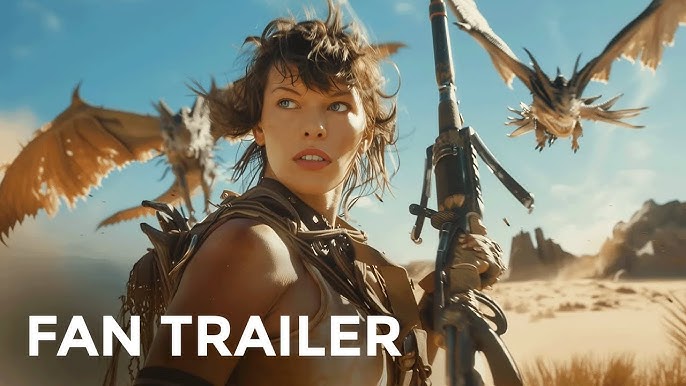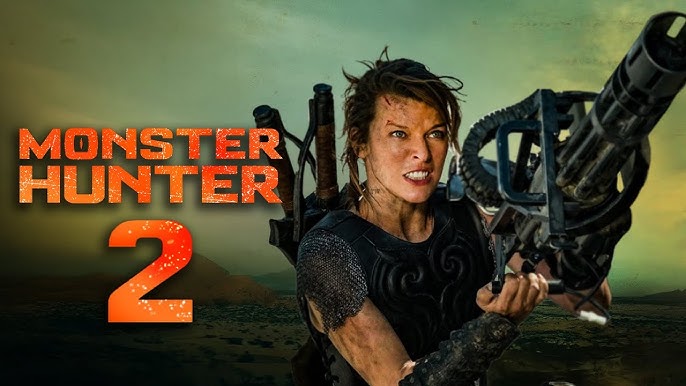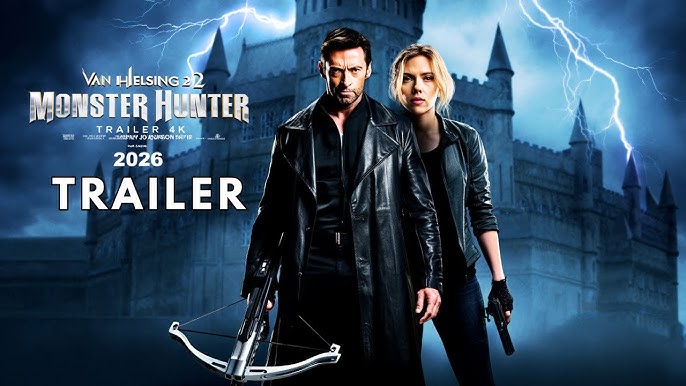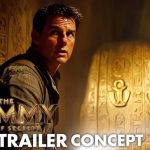Monster Hunter 2 (2026) – The New Age of Beasts

Monster Hunter 2 (2026) charges onto the screen as a thunderous evolution of the 2020 blockbuster, expanding its world into a vast and primal saga of survival, loyalty, and destiny. Directed once again by Paul W.S. Anderson, the sequel refines everything that worked before — larger monsters, deeper mythology, and a beating human heart beneath the spectacle. It’s more than a hunt; it’s a reckoning between humankind and nature’s oldest gods.
The story begins years after Captain Artemis (Milla Jovovich) vanished into the New World. A fragile peace has settled between hunters and monsters, but that balance shatters when a celestial rift appears, spilling creatures from legend into both realms. A new threat — The Sky Tyrant, an ancient dragon said to devour stars — awakens from hibernation, its presence warping time, storms, and even memory itself.
Milla Jovovich returns with grit and gravity, portraying Artemis as a battle-scarred survivor haunted by loss and prophecy. She’s joined by Tony Jaa as the Hunter, now a leader torn between protecting his people and honoring the bond he forged with her. Their reunion, steeped in trust and regret, anchors the film emotionally — two warriors united not by duty, but by the shared understanding that every kill leaves a scar.
The supporting cast adds fresh energy. Florence Pugh joins as Lyra, a young hunter-in-training whose connection to the creatures borders on spiritual. Her compassion becomes both her weapon and her weakness. Idris Elba plays General Kael, a soldier from Artemis’s world who sees extermination as the only path to survival, setting up a gripping moral clash between instinct and control.
Visually, Monster Hunter 2 is breathtaking. Anderson embraces the full mythic scale of the franchise, blending practical stunts with cutting-edge effects. Colossal beasts dominate every frame — from sand leviathans that swallow fortresses whole to ice wyverns gliding over shattered mountains. The creature designs are astonishingly detailed, their movements fluid and terrifyingly real. Every battle feels tactile, every roar vibrates through the bones.
Cinematographer Glen MacPherson crafts a world both savage and sacred. The lighting contrasts blinding desert sun against the cool glow of bioluminescent jungles. When storms roll across the horizon, they look biblical — not just weather, but judgment. Each environment feels alive, breathing, and hostile, reminding the audience that in this world, humanity is merely another species trying to endure.
Composer Tom Holkenborg (Junkie XL) delivers an epic and emotional score that fuses tribal drums, electronic distortion, and haunting vocals. His music mirrors the pulse of the hunt — primal, relentless, yet tinged with sorrow. When the final confrontation begins, his crescendo builds not like a battle cry, but like an elegy for a dying planet.

Thematically, Monster Hunter 2 evolves beyond survival. It’s about coexistence, redemption, and the cost of domination. Artemis’s journey transforms from warrior to witness — learning that monsters are not evil, merely mirrors of humanity’s hunger and fear. The true enemy, the film reveals, is not the beasts themselves, but mankind’s refusal to see the world as shared, not owned.
The final act is pure cinematic thunder. As The Sky Tyrant descends, tearing the heavens apart, Artemis and her allies unite in a battle that spans air, earth, and flame. Zords of steel and scales clash in a sequence that fuses heart-stopping action with emotional catharsis. When Artemis drives her blade into the creature’s heart, her eyes fill not with victory — but with sorrow.
The ending is hauntingly beautiful. The rift between worlds begins to close, and Artemis faces a choice: return home or stay and guard the balance. She chooses the latter, whispering, “This world doesn’t need saving. It needs understanding.” As the sun rises over the ruins, the last image lingers — a human hand resting gently on the scarred hide of a sleeping beast.
Monster Hunter 2 (2026) roars with power, empathy, and purpose. It’s grander, wiser, and more soulful than its predecessor — a cinematic hunt that becomes an elegy for the wild. In the age of spectacle, it dares to remind us that every monster was once a god. 🐉
Related movies :
Related movies :
Related movies :
Related movies :
Related movies :
Related movies :











